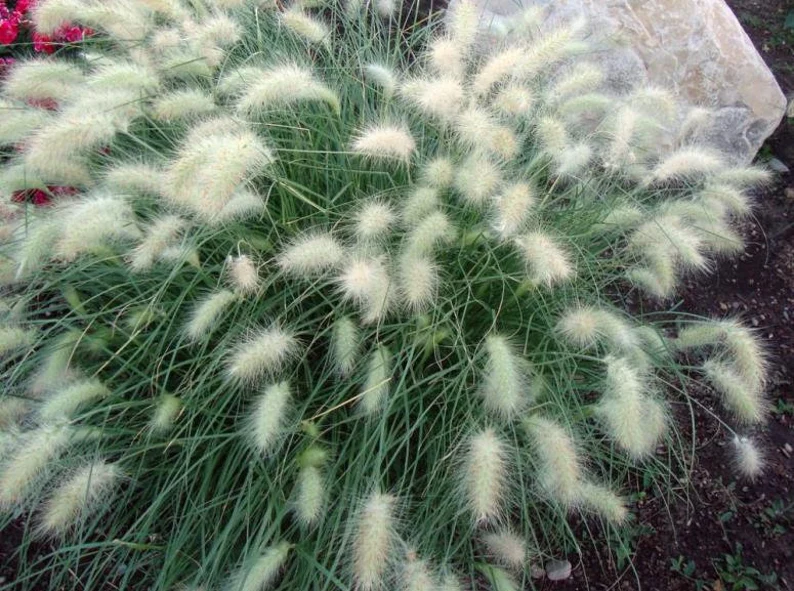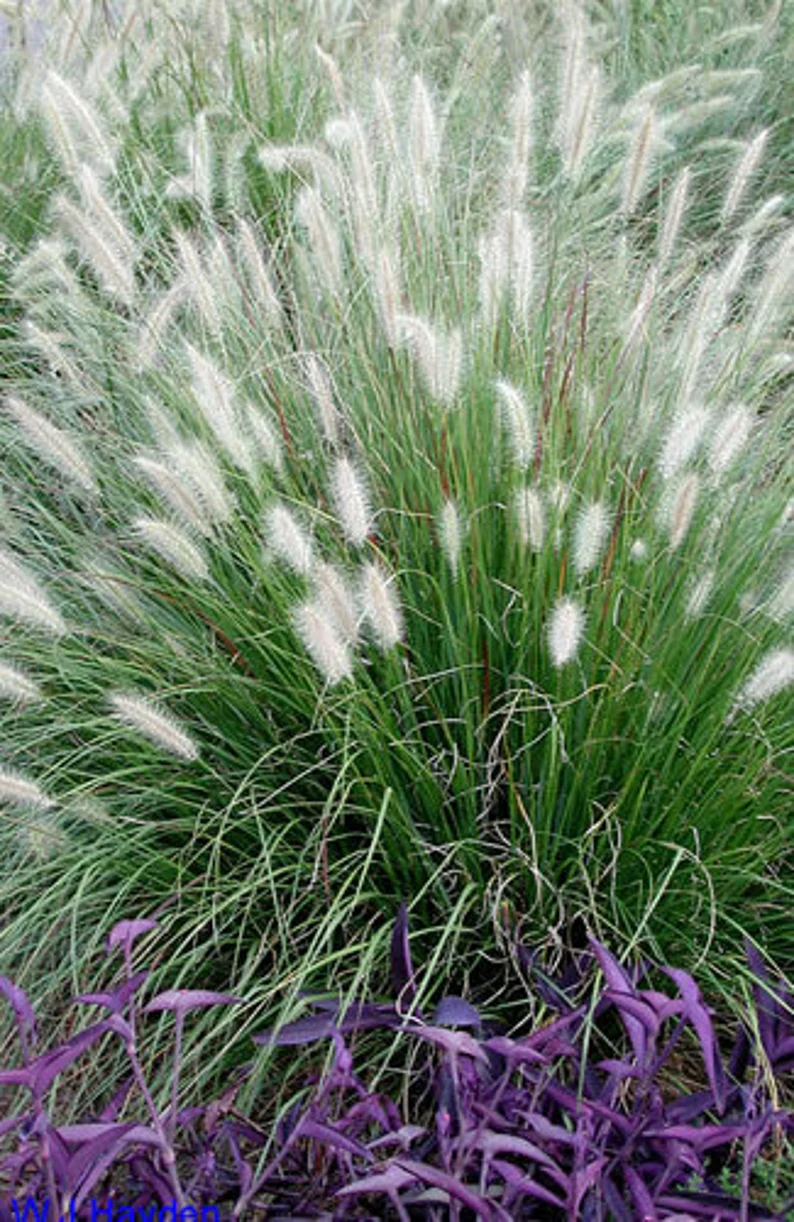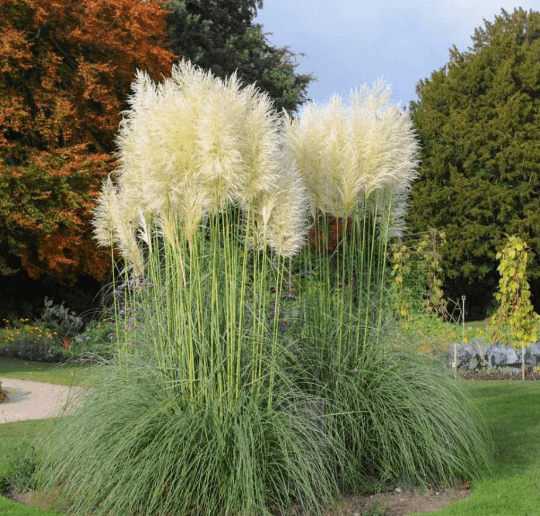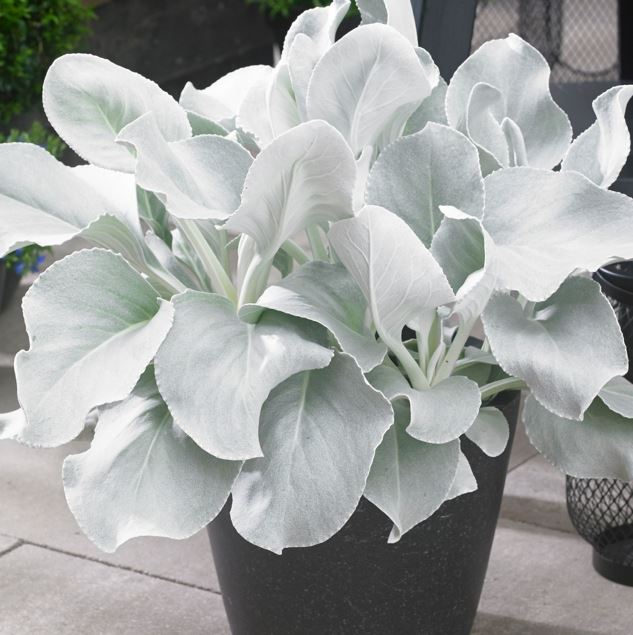Introduction

Dwarf Little Bunny Grass, also known as Lagurus Ovatus, is an ornamental grass species that is native to Mediterranean countries. It is a small, tufted grass with delicate, bunny-tail-like spikes of silvery white seeds. The foliage is green and slender, reaching about 20-30cm in height.
This grass is often used as a filler in bouquets and flower arrangements, and as an accent in landscaping. It is easy to grow and care for, and is relatively low maintenance. It prefers well-drained soil in full sun or partial shade, and can tolerate drought conditions.
Dimensions
Is a small, compact ornamental grass that typically grows to a height of 20-30cm (8-12 inches) and a spread of about 15-20cm (6-8 inches). The spikes of silvery white seeds can reach a length of 5-10cm (2-4 inches). The foliage is green and slender, providing a delicate texture to the plant.
Keep in mind that the actual dimensions of the plant can vary depending on growing conditions, soil type, and other environmental factors. If you have specific space constraints in your garden, it’s always a good idea to measure the area before planting and choose plants that will fit well within those dimensions.
Zones
Hardy in USDA hardiness zones 8-11. This means it is well adapted to grow in areas with moderate to warm climates and can withstand temperatures down to 10°F (-12°C) or lower in these zones.
In zone 8, it can grow as an annual or a short-lived perennial, while in zones 9-11, it is considered a long-lived perennial. This grass prefers well-drained soil and can grow in full sun or partial shade. It is also drought-tolerant, making it a low-maintenance choice for landscaping in warm climates.
If you live outside of zones 8-11, you can still grow Dwarf Little Bunny Grass as an annual in a container or as a summer-blooming annual in a sunny location. By bringing the plant indoors in the winter, you can enjoy its delicate texture and silvery white seed spikes for several years.
How to Tend:
Inside
Growing indoors can be a great way to enjoy this ornamental grass year-round. Here are some tips for tending this plant inside:
- Light: Dwarf Little Bunny Grass prefers bright, indirect light. Place it near a sunny window, but be sure to protect it from direct sunlight, which can scorch the foliage.
- Water: Keep the soil evenly moist but not waterlogged. Water the plant thoroughly when the top inch of soil feels dry to the touch, and then allow the soil to drain before returning the plant to its saucer.
- Soil: Use a well-draining potting mix specifically formulated for indoor plants.
- Fertilizer: Fertilize Dwarf Little Bunny Grass every 2-4 weeks during the growing season with a balanced, water-soluble fertilizer.
- Humidity: Indoor air can be dry, so consider using a humidifier or placing a shallow tray of water near the plant to increase humidity.
- Pruning: Cut back the plant to its base after it has flowered to encourage new growth and maintain a compact shape.
- Pests: Dwarf Little Bunny Grass is generally pest-free, but watch for spider mites and mealybugs, which can be controlled with insecticidal soap.
By following these guidelines, you can keep Dwarf Little Bunny Grass healthy and beautiful indoors.
Outside
Growing outdoors can be a great way to add texture and color to your garden. Here are some tips for tending this plant outside:
- Light: Dwarf Little Bunny Grass prefers full sun to partial shade. It can tolerate some shade, but the foliage may become leggy if grown in too much shade.
- Water: Keep the soil evenly moist but not waterlogged, especially during hot, dry spells. Once established, Dwarf Little Bunny Grass can tolerate drought conditions, but it may need extra water during prolonged periods of drought.
- Soil: Dwarf Little Bunny Grass prefers well-drained soil. It can tolerate a wide range of soil types, including sandy and clay soils, but it does best in soil that is rich in organic matter.
- Fertilizer: Dwarf Little Bunny Grass does not require fertilization, but you can fertilize it every 2-4 weeks during the growing season with a balanced, water-soluble fertilizer if desired.
- Pruning: Cut back the plant to its base after it has flowered to encourage new growth and maintain a compact shape.
- Pests: Dwarf Little Bunny Grass is generally pest-free, but watch for grasshoppers, which can be controlled with insecticide if necessary.
- Self-seeding: Dwarf Little Bunny Grass can self-seed, so be prepared to control its spread if desired. Cut back the spent seed heads before they have a chance to set seed.
By following these guidelines, you can keep Dwarf Little Bunny Grass healthy and beautiful in your garden.
Where to Purchase:
You can buy this beautiful grass at our Esty shop. Happy shopping!!





